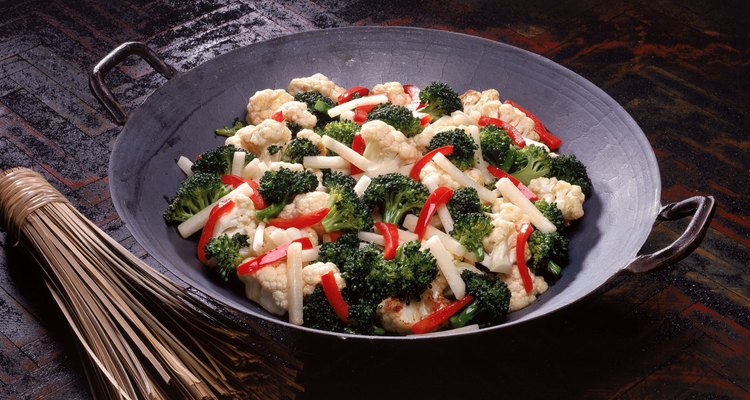
Stir-frying is a cooking technique that originated in ancient China, although it has spread to the West, popularized by the natural and vegetarian food movements that have gained traction since the 1960s. The cooking pan of choice is usually a wok -- a deep, rounded saute pan that sits on a rounded base -- but you can make a stir-fry using any large saute pan or skillet. Stir-frying involves cooking bite-sized pieces of meat and vegetables quickly on high heat.
Time Management
The total cooking time for a stir-fry is often less than 5 minutes, although prep may take considerably longer. If you can prepare the ingredients quickly, stir-frying gives you the opportunity to get a meal on the table fast. However, the method requires planning and time management, so if you are a disorganized cook, it may not work for you. Ingredients must all be prepped ahead of time, so you can add them in rapid succession. A stir-fry should be served right after it is cooked; otherwise, the ingredients lose their vitality. Preparing a stir-fry requires you to have all your side items and other meal elements ready before you start cooking.
Fuel and Warmth
Stir-frying saves fuel because you cook ingredients quickly. The convention of cutting stir-fry ingredients into small pieces before cooking them contributes to the technique's fuel efficiency because small pieces cook quickly. However, this energy efficiency may have a downside, especially when the weather is cold. Unlike stews or roasts, which have cooking processes that can generate enough heat to make your entire home feel warmer for a long time, a stir-fry's short cooking time does little to affect the temperature of your house.
Showcasing Ingredients
Well-executed stir-fries are visually appealing because the short cooking time brings vegetables to the point where they are most colorful. Unlike stews, where ingredients are covered with opaque cooking liquids, a stir-fry presents all of its elements on the surface. This visual appeal is an advantage when you have plenty of fresh, colorful vegetables to showcase and you're careful not to overcook them. It is a disadvantage if your vegetable choices are limited to options that don't have much color or if you overcook your ingredients so they are not visually appealing.
Saving Money
A stir-fry is a creative and versatile way to stretch a limited amount of protein; it can save you money because of the technique's traditional reliance on vegetables, which are usually less expensive than meat. Because stir-fries are so adaptable, you can also save money by paying attention to prices and adjusting your mix of ingredients to correspond with the availability of less-expensive items. The frugality of stir-frying is a disadvantage if you feel that a meal is not complete or adequate if it doesn't use meat as its main ingredient.
Health Benefits
Stir-frying is a healthy cooking technique when you do it properly. The quick cooking preserves nutrients, and the sparing use of meat creates dishes that are relatively low in cholesterol. In fact, a stir-fry does not have to include meat at all: Tofu makes a versatile substitute, as do tempeh and seitan, a vegetarian protein made from wheat gluten. However, improper stir-frying can create greasy, unhealthy meals. Use an oil such as peanut oil that stands up well to high heat and use only enough to just coat the pan and the ingredients.
Related Articles

Do I Need to Steam Broccoli Before I ...

The Advantages of Wok Cooking
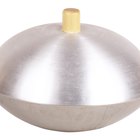
Sesame & Peanut Oil for Cooking

Is the Slow Cooker a Healthy Way to ...
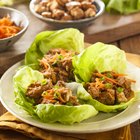
4 Healthy Dinner Ideas for Weight Loss
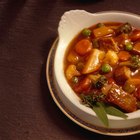
How to Cook Stew in a Slow Cooker
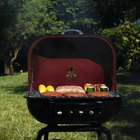
The Difference Between Grill & Griddle

Casserole Dishes That Feed 12 People

How to Make Shish Kabob

The Difference Between Grilled and ...

How to Make Chicken Noodle Soup Without ...
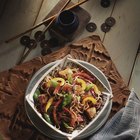
How to Cook Chicken Chunks in a Skillet
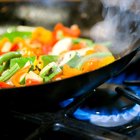
What Is Steam Frying?

How to Cook Fresh Turnip Greens

Easy-to-Make Lunch for 50 People
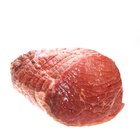
How to Cook Beef Topside in a Slow ...
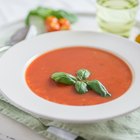
4 Weight Watchers Soup Recipes

How to Cook Chinese Lettuce
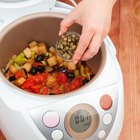
Slow Cookers & Nutrition
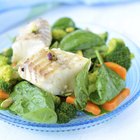
Can Eating Salads & Fish Make You Lose ...
References
Writer Bio
Devra Gartenstein is a self-taught professional cook who has authored two cookbooks: "The Accidental Vegan", and "Local Bounty: Seasonal Vegan Recipes". She founded Patty Pan Cooperative, Seattle's oldest farmers market concession, and teaches regular cooking classes.
Photo Credits
Jupiterimages/Comstock/Getty Images